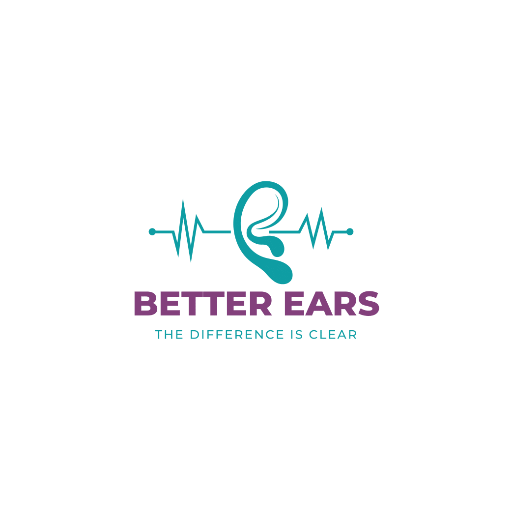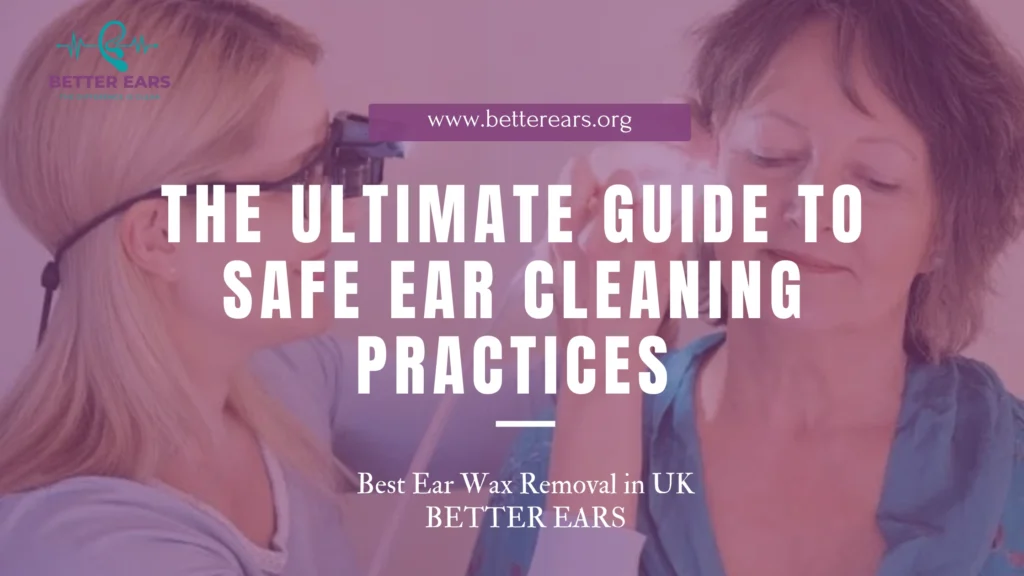
Introduction
Earwax might not be the most glamorous topic, but when it comes to ear health, it’s one of the most misunderstood. Every week, countless people across the UK attempt to clean their ears using cotton buds, hairpins, or even ear candles – without realising they could be doing more harm than good.
Safe ear cleaning is about more than just hygiene; it’s about protecting your hearing and preventing infections. In this comprehensive guide, we’ll cover why earwax is important, what happens when cleaning goes wrong, and the safest methods recommended by experts at Better Ears UK.
If you’ve ever wondered:
- “Should I clean my ears at home?”
- “Are cotton buds really safe?”
- “What’s the best way to keep my ears healthy?”
… then this guide is for you.

Why Earwax Exists: Nature’s Built-in Protector
Many people think earwax is dirt, but it’s actually essential for ear health. Earwax (cerumen) serves several important purposes:
- Protects against bacteria and dust – trapping harmful particles before they reach the eardrum.
- Moisturises the ear canal – preventing itching and dryness.
- Acts as a self-cleaning mechanism – gradually moving old wax out of the ear.
- Provides a protective barrier – reducing the risk of infections.
In most cases, ears are self-cleaning, and earwax naturally makes its way out. The problems only start when people interfere or when wax builds up excessively.
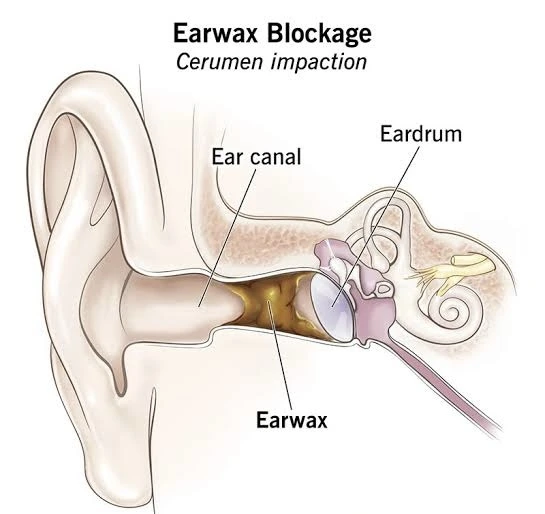
The Dangers of Unsafe Ear Cleaning
DIY ear cleaning is one of the most common causes of ear damage. The following methods may seem harmless but are actually risky:
Cotton Buds
- Push wax deeper into the canal.
- Risk of scratching or damaging the delicate skin.
- May even puncture the eardrum if inserted too far.
Hairpins, Keys, or Other Objects
- Can cause painful injuries.
- Risk of infection due to bacteria introduced into the ear.
Ear Candling
- No scientific evidence that it works.
- Risk of burns, dripping wax, and ear canal damage.
- Can make blockages worse by leaving residue.
Unsafe cleaning not only fails to remove wax but can also lead to:
- Blocked ears
- Temporary hearing loss
- Tinnitus (ringing in the ears)
- Pain and infections

Safe Ear Cleaning at Home: What You Can Do
If you feel your ears are healthy and just want to support their natural cleaning process, try these safe approaches:
- Leave them alone – in most cases, ears clean themselves naturally.
- Use a warm cloth – wipe the outer ear gently during a shower.
- Stay hydrated – drinking enough water keeps earwax softer.
- Avoid poking inside – never insert objects into the canal.
For people prone to dry or hardened wax, olive oil or specialist ear drops (pharmacy-recommended) can sometimes help soften wax so it comes out naturally.
When Home Remedies Aren’t Enough
Some people produce more earwax than others, and in certain cases, blockages still occur. Signs that your ears may need professional attention include:
- Muffled or reduced hearing
- Feeling of fullness in the ear
- Ringing or buzzing sounds (tinnitus)
- Ear pain or discomfort
- Dizziness or balance problems
If you notice any of these symptoms, avoid trying to “dig out” the wax yourself – it’s time to seek professional help.
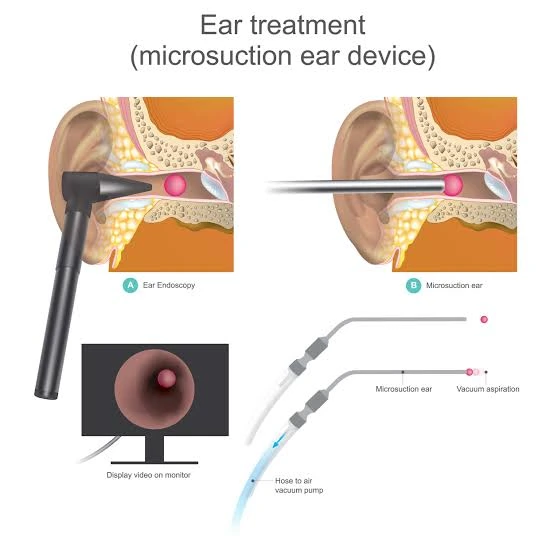
Why Microsuction is the Safest Professional Option
In the UK, microsuction is widely regarded as the gold standard for safe earwax removal. Unlike syringing or irrigation, it does not involve water and therefore carries fewer risks.
Benefits of microsuction include:
- Safe – no risk of pushing wax deeper.
- Precise – performed under a microscope for accuracy.
- Quick – usually completed in under 30 minutes.
- Comfortable – gentle suction removes wax with minimal discomfort.
At Better Ears UK, our trained specialists ensure a smooth, safe, and effective procedure, giving you instant relief from blocked ears and hearing problems.
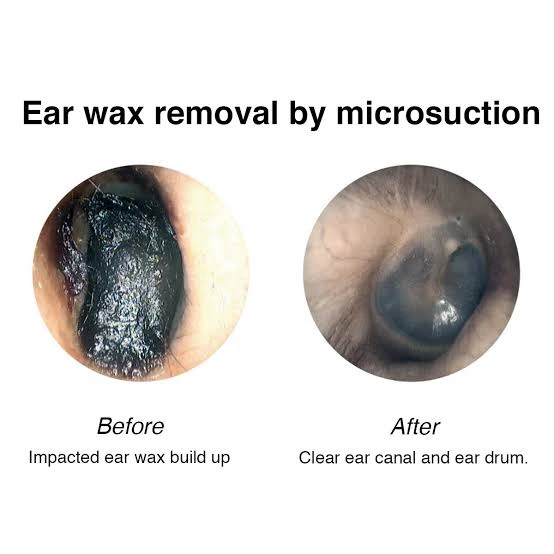
Common Myths About Ear Cleaning
Let’s debunk some widespread misconceptions:
- Myth 1: Cotton buds clean ears effectively.
Fact: They push wax deeper, increasing the risk of blockage. - Myth 2: Ear candles draw out wax.
Fact: Studies show they are ineffective and dangerous. - Myth 3: Earwax is dirty and unhygienic.
Fact: It protects your ears from infections and keeps them healthy. - Myth 4: Everyone should clean their ears regularly.
Fact: Most people don’t need to clean their ears at all unless wax build-up causes problems.
Who is Most at Risk of Earwax Problems?
Some people are more likely to experience wax-related issues:
- Older adults (changes in wax composition with age).
- People with narrow ear canals.
- Hearing aid users (devices can push wax deeper).
- Individuals with skin conditions like eczema or psoriasis.
- Those who produce harder, drier earwax.
For these groups, professional check-ups are especially important.

How to Maintain Healthy Ears Long-Term
To keep your ears in good condition:
- Avoid inserting cotton buds or sharp objects.
- Use ear drops if recommended by a professional.
- Protect your ears from loud noises with earplugs.
- Stay hydrated and maintain a balanced diet.
- Schedule regular check-ups if you’re prone to blockages.
Final Thoughts
Safe ear cleaning isn’t about doing more – it’s about doing less. For most people, the ears are self-cleaning, and unnecessary poking only causes harm. But when wax does become a problem, professional help is the safest way forward.
At Better Ears UK, we specialise in safe and effective microsuction that restores clear hearing and relieves discomfort in minutes. Whether in clinic or at home, our expert service ensures your ears get the best care possible.
Call-to-Action (CTA)
👂 Keep your ears healthy the safe way – no cotton buds, no candles, no risks.
📞 Call Better Ears UK today: 0770 613 5883
🌐 Book online: betterears.org
